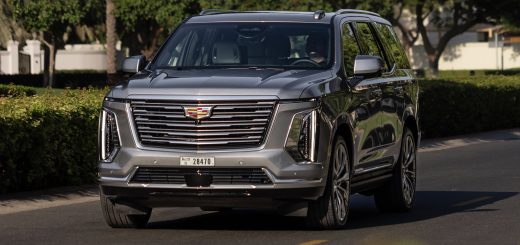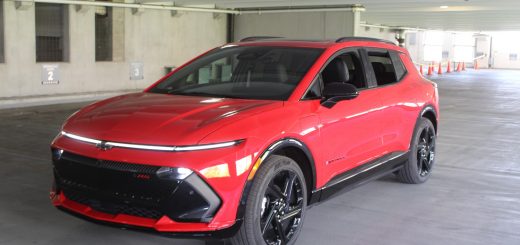
Since making its debut at the Paris Motor Show last year, the new refreshed Chevrolet Captiva is much more impressive than the outgoing model. Fresh to the Theta platform-based crossover are four new engines, new six speed manual and automatic transmissions, a new interior, a reshaped exterior, as well as necessities like a backup camera.
Powering the Captiva is a choice of two variants of GM’s 2.2L diesel engine, one that produces 184 horsepower and 295 pounds-feet of torque (converted from Newton meters) while the other boasts 163 horsepower and 258 pounds-feet of torque. Stick with unleaded, and you have two engine choices. One is a variant of GM’s 2.4L Ecotec engine that’s good for 167 horsepower and 169 pounds-feet of torque, while a variant of the 3.0L V6 engine producing 258 hp and 212 pounds-feet of torque. Gone are the old 5-speed automatic and manual transmissions in favor of more modern six speed manual and automatics, which should help the Captiva hit a longer stride and boost its fuel economy ratings.
The exterior features a noticeable transformation, discarding the passive look of the old model in favor of a more pronounced front fascia that bystanders can instantly recognize as the new Captiva as a Chevy — with its gaping twin-port grille (Chevy’s signature look) while the tail lamps receive an inverted color scheme look.
The interior of the Captiva now features more of a dual-cockpit feel in the front seat, with a 7-inch navigation screen as an option. Oh, and the Captiva offers three rows — something that is unavailable in the larger North American market Chevy Equinox. What gives, GM? More importantly, will a crossover such as this ever make it to North American shores? What about a global compact crossover to slot in underneath the Equinox/Captiva?















No Comments yet